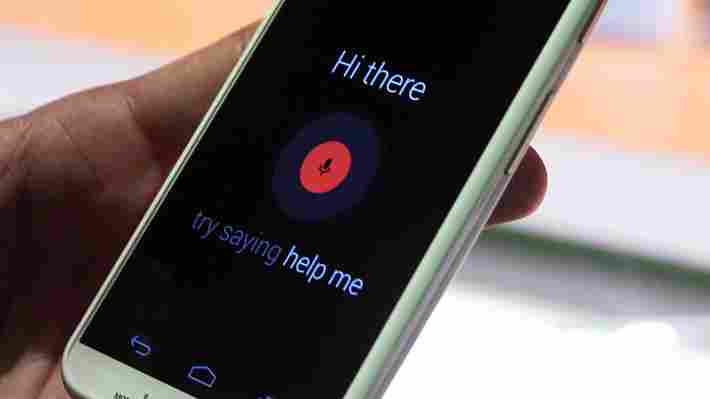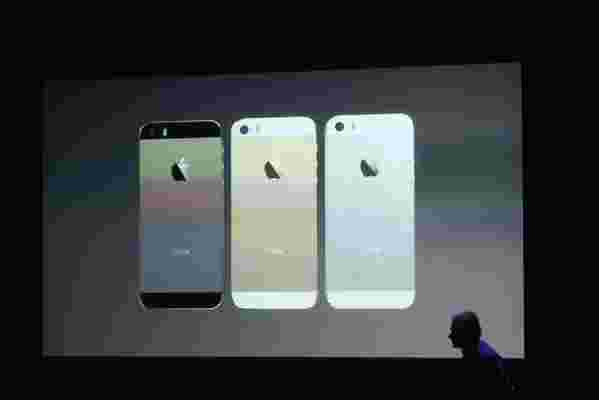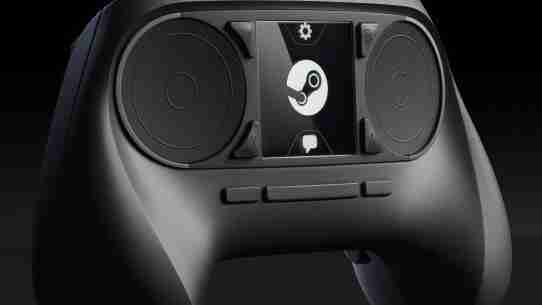Motorola’s highly anticipated Moto X smartphone will launch on US carrier AT&T on August 23 . It will be sold in both woven white and woven black for $199.99 (16GB model) and $249.99 (32GB model) both in-store and online with a new two-year contract.

On this date, consumers will also be able to create and submit their own, custom-designed Moto X orders using the Moto Maker service on the Web.
In addition, on August 19 AT&T will be giving a small group of users that registered an interest in the device the chance to design and receive their Moto X before the general public.
➤ Press release
Apple announces the iPhone 5s
Apple has finally announced the next member of the iPhone family, known simply as the iPhone 5s.

The device was introduced today at a launch event in Cupertino, California. As well as coming in silver, gold and grey, the iPhone 5s arrives running iOS 7, which brings a new look and new notifications to the platform, as well as features like AirDrop and a new 3D tabbed UI for Safari.


Under-the-bonnet, the device uses an all new A7 chip which Apple says is the first time a 64-bit chip has been in a smartphone; the end result is over “twice as fast” as the previous generation, according to Apple.
As well as giving the processor a bump in performance, Apple has also introduced a “motion coprocessor” so the device can tell if you’re stationary, walking or driving.
If your mind turns to battery life at this point, Apple claims the 5s has up to 250 hours of standby time and 10 hours of LTE browsing.
The camera on the device has also been overhauled for the new iteration to include an F2.2 aperture lens and a dual LED flash – one white and one amber for better color balance in the images. It also includes auto-image stabilization. The camera now has slow-motion capability too, thanks to the ability to capture 720p video at 120 frames-per-second (fps).
In addition to beefing up the camera capabilities, Apple has also added a biometric finger print sensor (buried inside the ‘home’ button) called TouchID that is 170 microns thin and scans your sub-epidermal skin layers. All of which is to say you can unlock your phone without needing a pass code and can even scan your fingerprint to carry out actions in apps, like authenticating iTunes purchases.
Pricing for the device, on a 2 year contract, is set at $199 for the 16GB model, $299 for the 32GB model and $399 for the 64GB option. Pre-orders start from September 13 and the handsets are due to go on sale from September 20 in the US, UK, Australia, China, Canada, France, Germany, Japan and Singapore. By the end of the year, it should be available in more than 100 countries, Apple said.
Apple traditionally releases a more dramatic redesign of the iPhone hardware every other year, and the overall design of the iPhone 5s keeps true to this cadence, with minor tweaks here and there but the same overall look.
Featured Image Credit – Justin Sullivan/ AFP/Getty Images
Valve says first Steam Machines will be shown next January, expects them to launch from mid-2014
The first range of Steam Machines will be revealed in January at the Consumer Electronics Show (CES) , a Valve employee told Engadget. In a separate interview with The Verge, Valve revealed that it expects them to go on sale in mid-2014 .

This new range of hardware will run SteamOS , Valve’s new Linux-based operating system that’s been purpose-built for playing video games through its Steam digital distribution platform.
Valve also confirmed that its own Steam Machine will not be sold to the public. Once the first 300 ship with its new Steam Controller to beta testers, the company will cease production of the reference design.
That means it will be down to third-party PC hardware manufacturers to execute Valve’s vision of an accessible, yet easily upgradeable Steam Machine gaming system.
When Valve announced Steam OS in September this year, it focused on the games and streaming features that it would enable. Some hoped that the operating system would also offer personal computing similar to Windows, Mac OS or Ubuntu, but Valve confirmed to Engadget that this won’t be the case. At least not to begin with, anyway.
While testing Valve’s reference design for the Steam Machines, Engadget was told that aside from browsing the web, there would very few OS features offered to the player. That means no file browsing system or image viewing applications. This positions the platform and the corresponding hardware closer to next-gen consoles such as the Xbox One and PlayStation 4, and further from the current crop of high-end gaming PCs.
The problem, as Engadget’s Ben Gilbert rightly points out, is that both these systems will offer consumers a range of controller-friendly media consumption apps. If Steam OS can’t follow suit, the value proposition assigned to each Steam Machine will be greatly reduced.
➤ This is Valve’s Steam Machine prototype and SteamOS (Engadget) / We play with the Steam Machine, Valve’s game console of the future (The Verge) More: The biggest challenges facing Steam Machines and how Valve can overcome them
